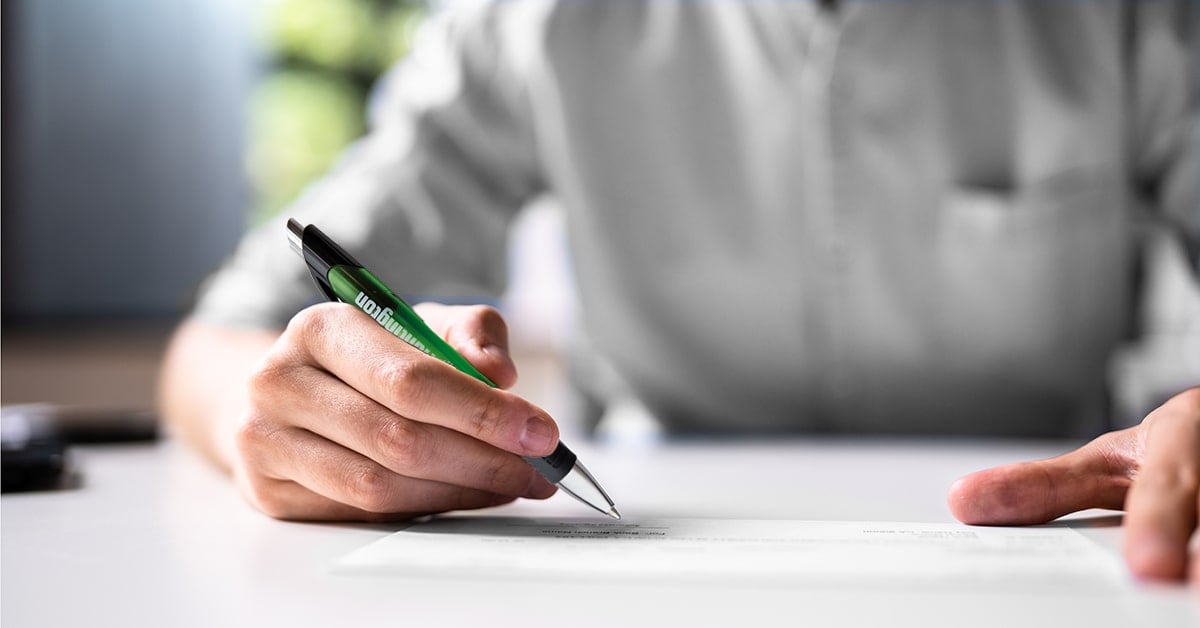Here’s how to fill out a money order in four simple steps:
- Recipient’s Name: Write the name of the person or company you’re sending the money to on the line labeled “Pay to the Order Of,” “Pay to," or “Payee.”†
- Address Information: Fill out the purchaser’s address and/or the recipient’s address. Some money orders ask for both and some only ask for the recipient’s address. It should be clear what is needed. If it seems confusing, ask the person who printed the money order for you†.
- Memo Line: If the money order is for something personal, the memo line can be used to include a little note about what the money order is for. If it’s for a household bill, the account number for the bill should be written on the memo line†.
- Signature: Sign the front of the money order. The line may be labeled “purchaser,” “drawer,” or just “signature.”
Remember: Money orders are used for amounts of less than $1,000‡. If you want more than that, you’ll need a cashier’s check, or you’ll have to pay for multiple money orders†. We have information about the difference between a cashier’s check and a money order to help you decide. We also have an article explaining where to get a money order if you need that information. Note: At this time, Huntington does not sell money orders.
If you make a mistake while filling out your money order, ask the cashier who printed it for you what to do. If the mistake is big enough, they may need to void the money order and print a new one. This could result in an additional fee; be careful and write slowly when you fill it out§.
How to Sign a Money Order
When you sign a money order, it’s important to keep a few things in mind:
- Sign your full legal signature. Do not use a nickname¶.
- Sign on the front of the money order where indicated for the “purchaser” or “drawer” to sign. Do not sign the back. That space is provided for the recipient to endorse the money order when they cash or deposit it†.
- Sign in black permanent ink. Use a gel pen if you have one. Gel pens are more resistant to check washing than regular ink pens. Check washing occurs when someone removes your information from the check and then fills out their own in order to steal your money. This information applies to money orders, too.
If the money order seems confusing and you’re not sure where to sign it, ask the person who printed it for you.



